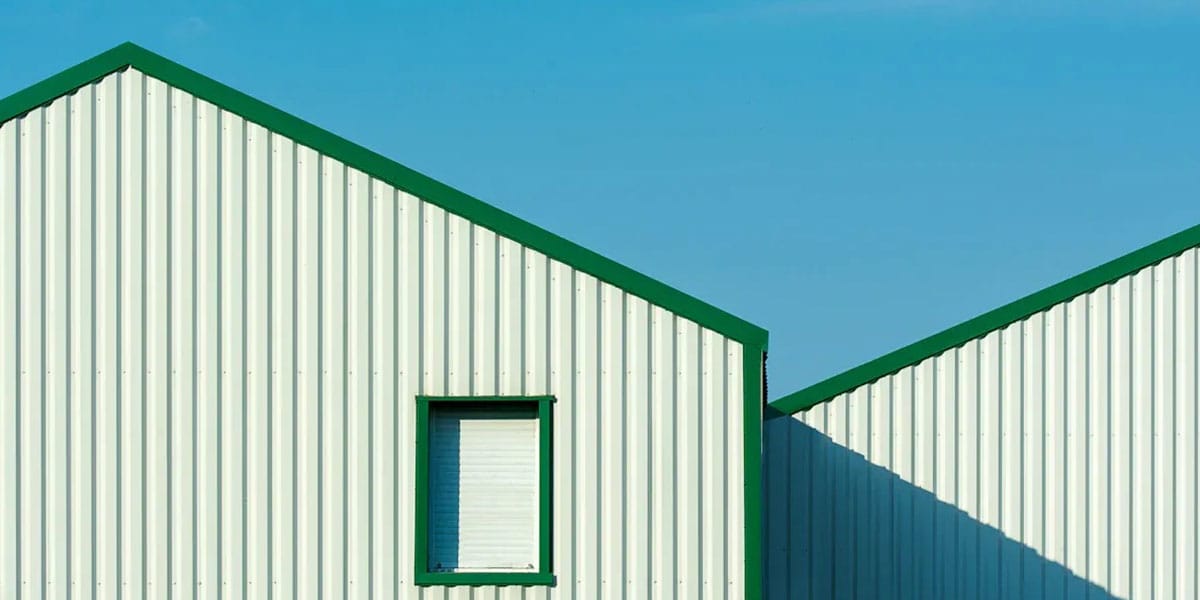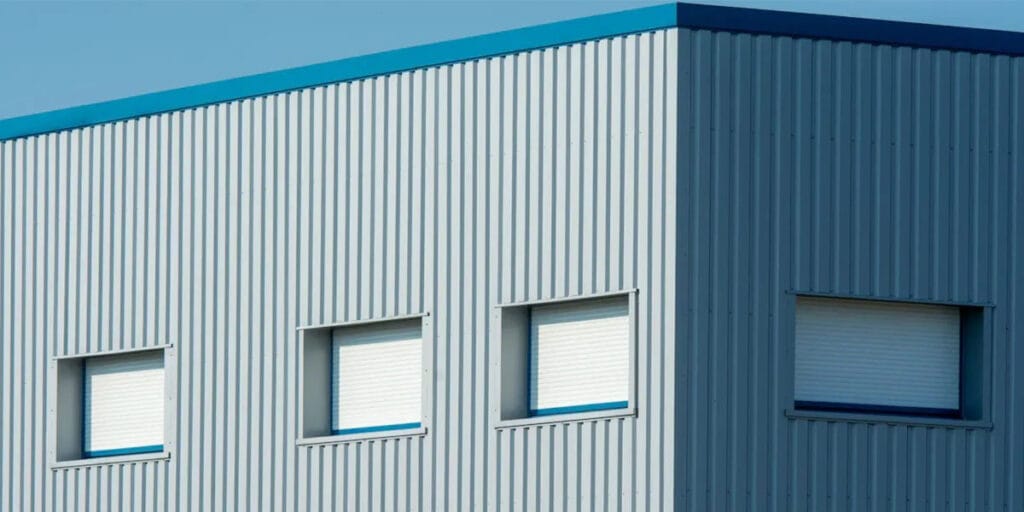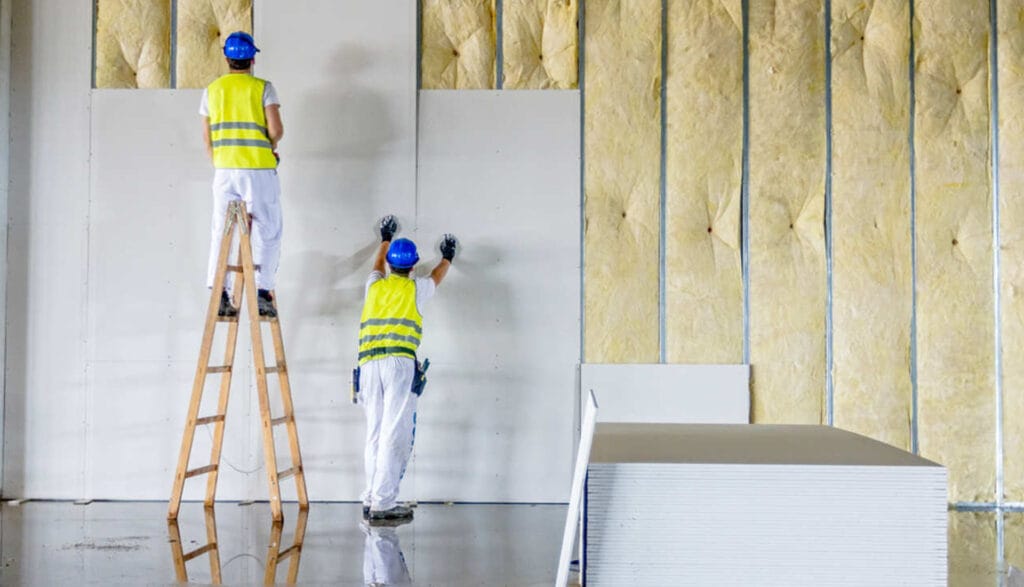
19 Jun Top Foam Board Sheathing Alternatives for Modern Homes
Table of Contents
If you’re building or fixing a home, you may know foam board sheathing. It’s common, but people now look for other options. These choices can be greener, cheaper, or fit their weather better. For example, OSB sheathing is very popular worldwide. In 2023, it was worth about $22.5 billion. This shows more people want materials that work well and help the planet. Many now care about building in a responsible way.
Key Takeaways
Think about using Magnesium Oxide (MgO) boards. They resist fire and water. These boards are eco-friendly and made from recycled stuff. This makes them great for builders who care about the environment.
Structural Insulated Panels (SIPs) save energy and are easy to install. They cost more at first but save money on energy later.
Cork insulation panels are a green choice. They keep heat in and block noise well. Cork is renewable and helps with green building goals.
Magnesium Oxide Board Sheathing
Magnesium Oxide (MgO) board sheathing is becoming a popular choice. It is strong, eco-friendly, and can be used in many ways.
Benefits
MgO boards are great at resisting fire. They handle high heat without needing extra chemicals. They also resist water well. These boards don’t swell or break down when wet, stopping mold from growing. Plus, they are made from recycled materials, which is better for the planet. They are strong and last a long time, making them a good pick for homes.
Drawbacks
MgO boards cost more than other options. If your project is big, the price might be too high. Also, if not installed correctly, they can crack. Careful handling and proper installation are very important.
Ideal Use Cases
MgO boards are best where fire and water resistance matter most. Use them in kitchens, bathrooms, or places with wildfire risks. They’re also great for people who care about the environment. If you want a green home, MgO boards are a good match.
Here’s a simple table comparing MgO boards to fire-rated OSB panels:
Feature | Magnesium Oxide (MgO) Boards | Fire-Rated OSB Sheathing Panels |
|---|---|---|
Fire Resistance | Naturally fire-resistant, handles high heat | Treated with fire-resistant chemicals |
Water Resistance | Resists water, stops mold growth | Can swell and break down when wet |
Environmental Impact | Low carbon footprint, made from recycled materials | Chemicals used in fire treatments can harm the planet |
Cost | Costs more upfront | Cheaper for big projects |
Durability | Strong and lasts long | Strong but less water-resistant |
MgO boards are a mix of strength and eco-friendliness. If you can spend more at first, they’re a smart choice for your home.
Structural Insulated Panels (SIPs)
Structural Insulated Panels (SIPs) are a newer option for building homes. They combine insulation and support in one piece, making them great for saving energy.
Benefits
SIPs have many good points. They keep homes warm in winter and cool in summer. Their R-values can go as high as R-50, which lowers energy bills. Builders like them because they are pre-cut and easy to put together. This saves time and money on labor. Even though they cost more at first, they can save money over time by cutting energy and maintenance costs.
Here’s a simple table comparing SIPs and Insulated Concrete Forms (ICFs):
Aspect | SIPs Benefits | ICF Benefits |
|---|---|---|
Energy Efficiency | High R-value, up to R-50 | Great insulation, R-value up to R-50 |
Installation | Easy to assemble, pre-cut panels | Needs skilled workers for concrete pouring |
Strength | Lightweight but stronger than wood | Fire-resistant with a solid concrete core |
Cost | Costs more upfront but saves money later | Higher cost but offers excellent thermal mass |
Drawbacks
SIPs aren’t perfect. They cost more at the start. For example, a project in South Carolina spent $42,868 extra on SIPs. But, they saved nearly $5,000 later on energy costs. Another issue is installation. If not installed properly, air leaks can happen, lowering energy savings. You’ll need experts who know how to work with SIPs to avoid problems.
Ideal Use Cases
SIPs are great for people who want to save energy. They work well in places with very hot or cold weather. They’re also good for projects that need to be finished quickly. Whether building a new home or adding a room, SIPs are a smart choice for long-term savings and eco-friendly living.
Tip: Think about the upfront cost versus the long-term benefits. SIPs may cost more at first, but they can save you money on energy and labor in the future.
Plywood and OSB (Oriented Strand Board)
Plywood and OSB are popular choices instead of foam board. They are strong, useful, and often used in building homes.
Benefits
Plywood is tough and works for walls and floors. It lasts long and is very dependable. OSB is cheaper and easy to find. It’s a good option that still performs well. Both materials are strong and support structures better than foam board. Insulated OSB adds extra benefits like keeping heat in and resisting water. This makes it a smart choice for many projects.
Here’s a simple table comparing plywood and OSB:
Feature | Plywood | OSB |
|---|---|---|
Strength | Very strong | Strong enough |
Cost | Costs more | Costs less |
Moisture Resistance | Handles water well | Better with insulated versions |
Availability | Not always easy to find | Easy to find |
Drawbacks
Plywood and OSB have some downsides. Plywood can be pricey for big jobs. OSB is cheaper but might not last in wet places unless insulated. Neither material keeps heat in like foam board, so you may need extra insulation.
Ideal Use Cases
Plywood is great for roofs or floors where strength matters most. OSB is perfect for saving money or when you need materials quickly. In wet areas, insulated OSB works better against water. Both are good for general building and can fit different needs.
Tip: Add insulation to plywood or OSB to save energy in your home.
Mineral Wool Insulation Boards

Mineral wool insulation boards are a strong option instead of foam board. They provide great heat and sound protection for your home. If you want energy savings and fire safety, these might be perfect.
Benefits
Mineral wool boards help keep your home cozy. They block heat from coming in or going out. This keeps your home at a steady temperature and lowers energy costs. They also reduce noise, which is great for busy areas or near highways. Another plus is that they don’t catch fire easily. This makes your home safer in case of high heat or fire.
Drawbacks
Mineral wool boards have some downsides. In a fire, the glue in them can burn and release harmful fumes. This could be a concern for safety. Their heat-blocking ability can change in very high temperatures. This means they might not work as well in extreme heat. Also, they are heavier than other materials, which can make putting them in place harder.
Ideal Use Cases
Mineral wool boards are best where fire safety and quiet spaces matter. Use them in walls, ceilings, or floors to make your home safer and quieter. They’re also good for places with changing weather since they help keep indoor temperatures steady. If you’re building or fixing a home and want a safe, eco-friendly choice, these boards are a great pick.
Tip: Combine mineral wool boards with other insulation for better energy savings and comfort.
Cork Insulation Panels
Cork insulation panels are a great option instead of foam board. They are natural, eco-friendly, and provide excellent insulation for homes.
Benefits
Cork panels are great for keeping homes warm or cool. They help lower energy bills by reducing heat transfer. They also block noise, making homes quieter and more relaxing. Cork naturally resists pests and decay, so it needs less upkeep. It’s harvested without harming trees, making it renewable and good for the planet. If you want LEED certification, cork panels can help you earn points.
Here’s a simple table about cork panels:
Aspect | Benefits | Challenges |
|---|---|---|
Thermal Insulation | Saves energy by reducing heat transfer. | Long-term decay rates in landfills are not fully known. |
Acoustic Insulation | Blocks noise, creating a peaceful home. | |
Durability | Resists pests and decay, lowering maintenance needs. | |
Sustainability | Renewable and recyclable, harvested without harming trees. | |
Cost-Effectiveness | Saves money over time despite higher upfront costs. | Costs more at first compared to regular materials. |
Certification Incentives | Helps with LEED certification, adding value to homes. |
Drawbacks
Cork panels cost more than regular materials at first. This might make them harder to afford for some projects. While cork is durable, its long-term performance in certain conditions, like landfills, isn’t fully clear. This raises questions about its sustainability over many years. Also, cork isn’t as easy to find as other materials, which could slow down your project.
Ideal Use Cases
Cork panels are perfect for people who care about the environment. They’re great for homes needing energy savings and noise reduction. They work well in busy areas like cities or near highways. Cork is also ideal for homes aiming for green certifications, as it supports eco-friendly building practices.
Tip: Think about how cork panels save money on energy and repairs. They may cost more now, but they can save you money later.
Fiberglass Insulation Boards

Fiberglass insulation boards are a reliable choice for many homes. They are light, effective, and easy to find, making them popular.
Benefits
Fiberglass boards provide great heat insulation. They keep homes warm in winter and cool in summer. This helps lower energy bills. They are also naturally fireproof, adding safety to your home. Unlike other materials, fiberglass doesn’t need chemicals to resist fire. This makes it a safer and dependable option.
Here’s a simple table comparing fire safety of insulation types:
Insulation Type | Fire Safety Features |
|---|---|
Fiberglass | |
Mineral Wool | Naturally fireproof |
Spray Foam | |
Cellulose | Needs 20% fire retardants, not naturally fireproof |
Fiberglass also resists water and mold, keeping indoor air clean. It’s one of the cheapest insulation options available.
Drawbacks
Fiberglass has some downsides. It can irritate skin and lungs during installation. You’ll need safety gear to handle it. It doesn’t work well in extreme heat or cold. Its insulating power drops in such conditions. Also, it’s less eco-friendly since it’s made from synthetic materials.
Ideal Use Cases
Fiberglass boards are best where cost and fire safety matter most. Use them in attics, walls, or basements in mild climates. They’re affordable, easy to install, and widely available. Just wear protective gear or hire experts to avoid irritation.
Tip: Combine fiberglass boards with green materials to save money and help the planet.
Choosing the right alternative to foam board sheathing depends on your needs. Each option—like MgO boards, SIPs, or cork panels—offers unique benefits. Think about your budget, local climate, and eco-friendly goals.
Tip: Unsure what’s best? Talk to a professional. They’ll help you pick the perfect fit for your home!
FAQ
What is the most eco-friendly alternative to foam board sheathing?
Cork insulation panels are the greenest choice. They’re renewable and recyclable. Harvesting cork doesn’t harm trees. 🌱 Cork also helps with certifications like LEED for eco-friendly homes.
Can I combine different sheathing materials in one project?
Yes, mixing materials like plywood and mineral wool works well. It boosts insulation, strength, and fire safety. Make sure the materials fit together for the best outcome.
Which option is best for a tight budget?
Fiberglass insulation boards are the cheapest option. They’re easy to find and install. They save money while still working well for insulation.
Tip: Talk to a professional to ensure your materials suit your home’s needs.
